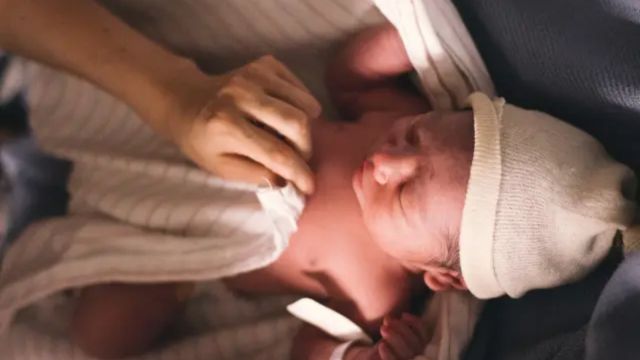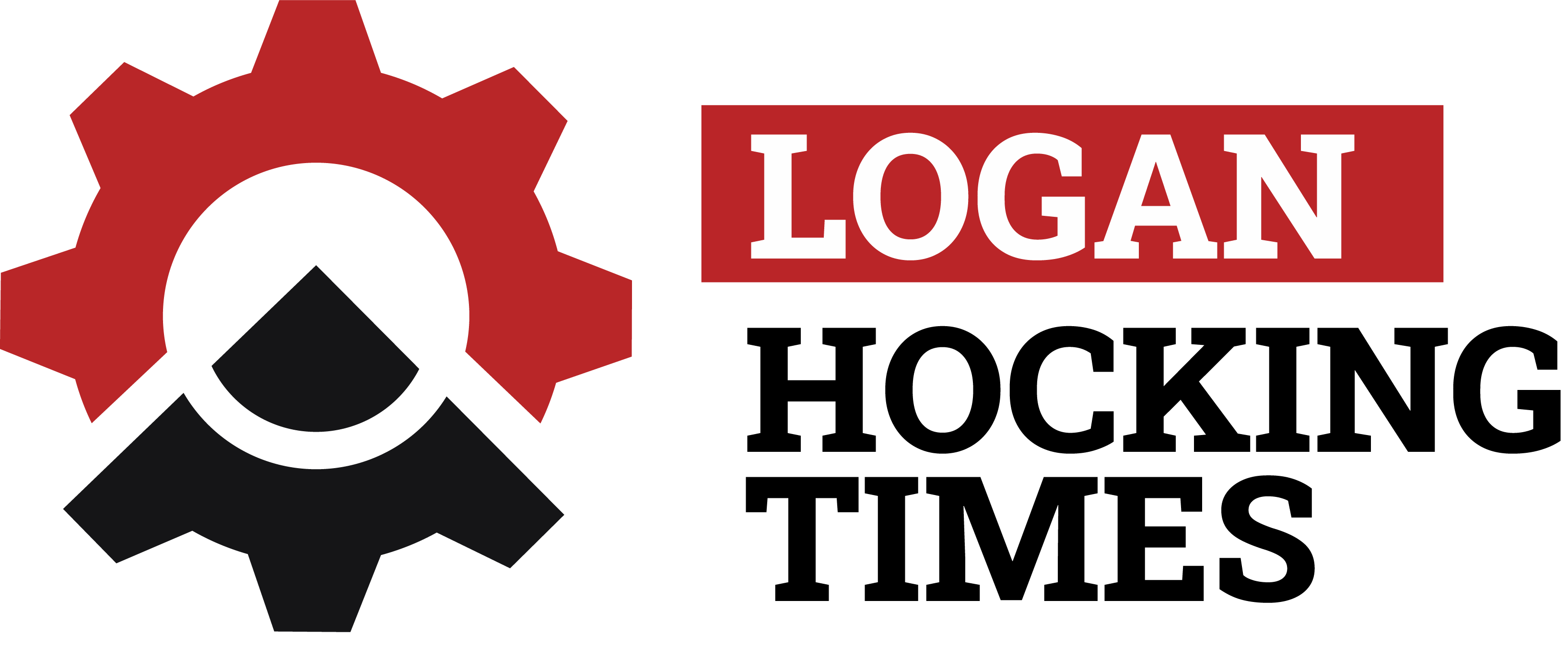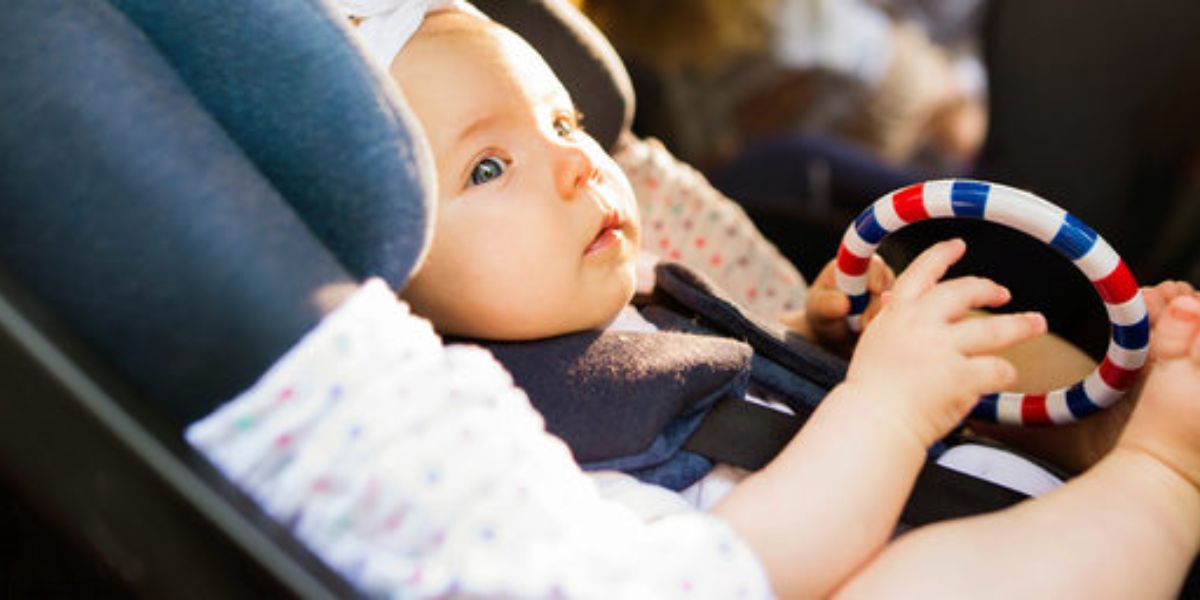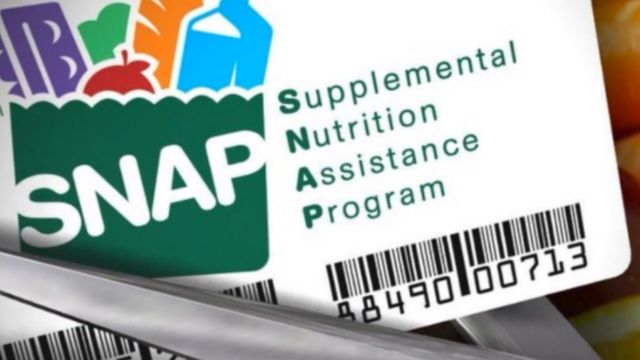San Francisco continues to lead the way in ensuring the safety and well-being of its youngest residents. Over the past year, the city has introduced and updated several important laws aimed at enhancing baby safety.
These new regulations reflect San Francisco’s commitment to protecting infants and improving the quality of life for families. Here are five notable baby safety laws that have been enacted in San Francisco over the past year:
1. Enhanced Car Seat Requirements
In the past year, San Francisco has strengthened its car seat regulations to align with updated state safety standards. The new law mandates that infants remain in rear-facing car seats until they reach the age of 2 or exceed the height and weight limits set by the car seat manufacturer. This update aims to provide better protection in the event of a crash and reflects the latest research on child passenger safety.
Additionally, the city has increased funding for car seat distribution programs, offering free or low-cost car seats to families in need. These initiatives are complemented by educational workshops on proper car seat installation and usage, ensuring that parents have access to the information necessary for keeping their children safe while traveling.
2. Stricter Safe Sleep Regulations
San Francisco has introduced more rigorous safe sleep regulations to combat the risks associated with Sudden Infant Death Syndrome (SIDS) and other sleep-related dangers. The new law requires that all childcare facilities, including home-based care, adhere strictly to safe sleep practices, such as placing infants on their backs to sleep and using firm mattresses without loose bedding.

The city has also implemented mandatory training for childcare providers and created public awareness campaigns to educate parents and caregivers about safe sleep environments. These measures aim to reduce the incidence of sleep-related incidents and promote healthier sleep practices for infants.
3. Expanded Lead Safety Measures
In response to ongoing concerns about lead exposure, San Francisco has expanded its lead safety measures to better protect young children. The updated Lead-Safe Housing Ordinance now includes stricter requirements for lead hazard control and increased enforcement of lead remediation in residential properties where children live.
The city has also launched a new initiative providing free lead testing for homes and educational resources for families. This expanded focus on lead safety is intended to prevent lead poisoning and ensure that children are living in environments free from lead hazards.
4. New Child Care Safety Standards
San Francisco has revised its childcare safety standards to enhance the protection of infants in licensed childcare settings. The updated regulations include stricter requirements for staff-to-child ratios, emergency preparedness, and health and safety protocols. These changes aim to improve the overall quality of care and ensure that childcare providers meet high standards of safety.
Washington State Child Labor Laws: Protecting Young Workers and Ensuring Compliance”
The city has also increased support for childcare providers by offering additional training and resources on health and safety best practices. These efforts are designed to create a safer and more supportive environment for both children and caregivers.
5. Regulation of Baby Product Safety
Over the past year, San Francisco has introduced new regulations to ensure the safety of baby products sold within the city. The updated law includes stricter oversight of product recalls and safety certifications, requiring that all baby products meet enhanced safety standards before being available for sale.
The city has also established a new consumer protection hotline to report unsafe products and provide information on recalls. This regulation aims to reduce the risk of injury from defective or hazardous products and keep parents informed about potential safety concerns.
Conclusion
San Francisco’s latest baby safety laws represent a significant step forward in protecting the city’s youngest residents. By strengthening car seat regulations, enhancing safe sleep practices, expanding lead safety measures, updating child care standards, and regulating baby product safety, the city demonstrates its dedication to ensuring a safer environment for infants and young children.
These proactive measures not only address current safety concerns but also set a precedent for future efforts to safeguard the health and well-being of the community’s most vulnerable members.




